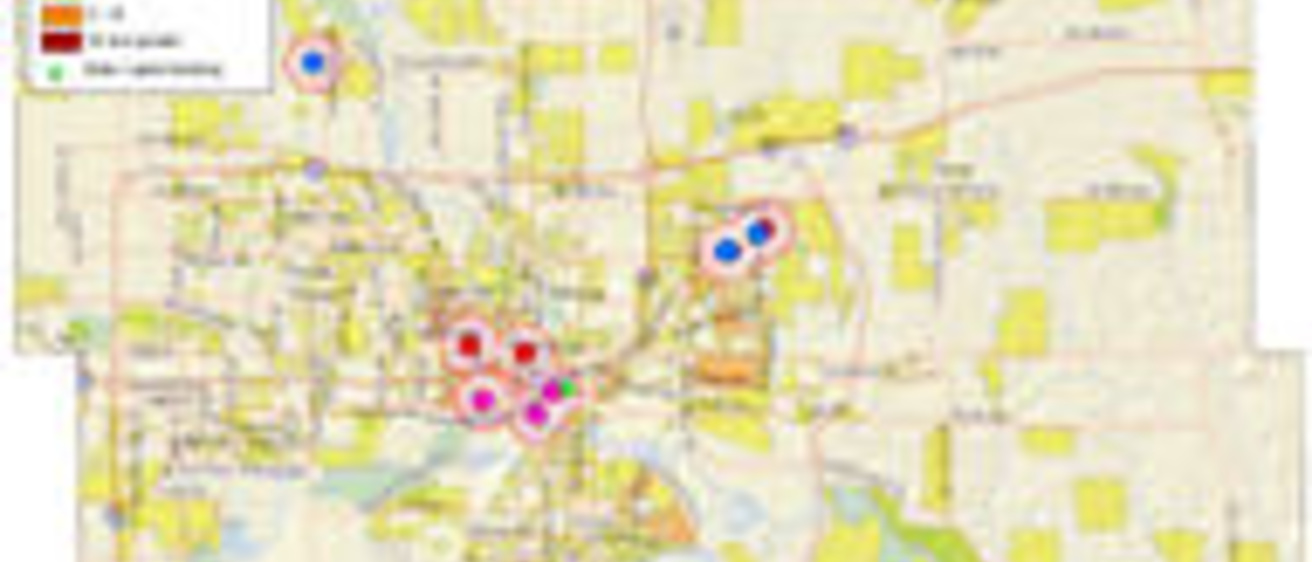The relationship between locating low income housing and appreciation of neighboring single family homes may be more complex than suggested by current theory. That’s the conclusion GPURP faculty Heather MacDonald and Richard Funderburg reach in their recent study of neighborhood valuation effects from new Low Income Housing Tax Credit (LIHTC) projects in Polk County. Not surprising, Funderburg and MacDonald estimate that the siting of low-rise LIHTC-subsidized family apartment complexes slowed the valuation of neighboring single family homes by zero to 3.84%, depending on the particular project and neighborhood. What is surprising is how short the deceleration lasts, less than 3 years. The authors suggest that the short-lived effect on demand may be fueled by uncertainty and expectations about future prices stimulated by common NIMBY (not-in-my-backyard) perceptions. “This may represent the market pricing fear of the unknown; expectations of adverse impacts on homeowner investments may never materialize after the introduction of low income family housing in the neighborhood, so the initial slowdown in property values disappears.”
Also surprising, the study finds divergent neighborhood valuation effects among specific types of projects. While low-rise concentrated low income projects tend to have negative valuation effects, the study estimates that some projects for the elderly, particularly those that are centrally located, have actually accelerated the rates of valuation for neighboring single family homes by 2.29% to 5.16%. Similarly, there is no clear negative effect detected when the particular LIHTC project is high quality and targeted to mixed income groups.
MacDonald and Funderburg use quasi-experimental research methods in the study to assign control properties from among the 94,000 single family homes in Polk County that do not neighbor an LIHTC project to each parcel that neighbors any of 11 new LIHTC projects approved between 2001 and 2004. Matching is based upon similarity in 1999 assessed value and specific parcel, neighborhood, and market characteristics common in Hedonic pricing analysis. The evaluative models estimate the impact from LIHTC project locations on assessed values using a 1999-2005 panel of neighbors and their matches, while controlling for unobserved heterogeneity.
